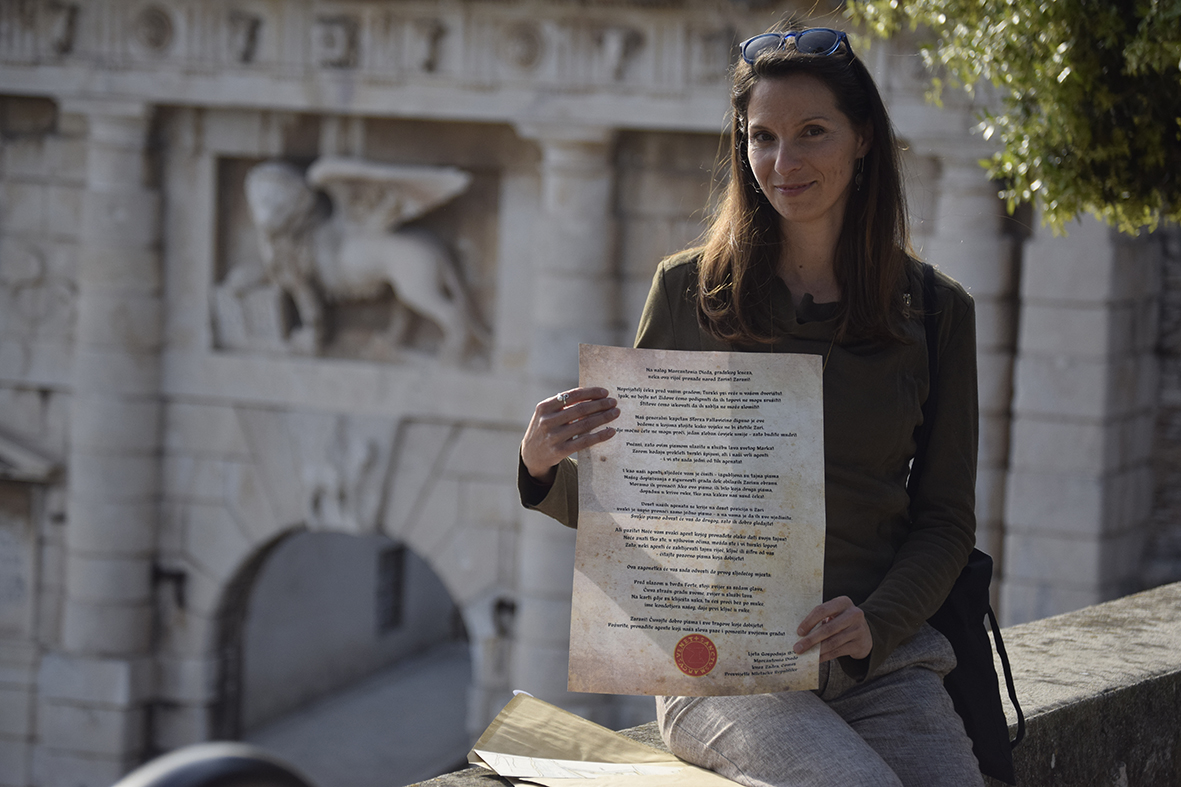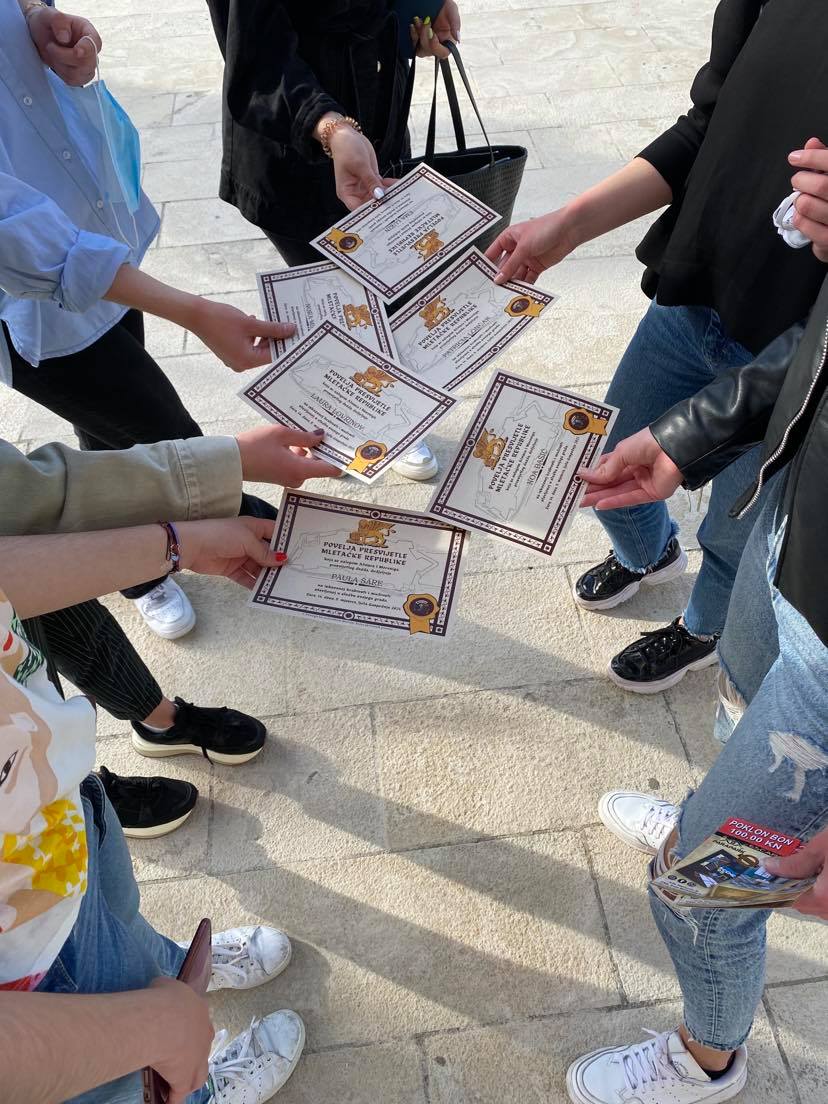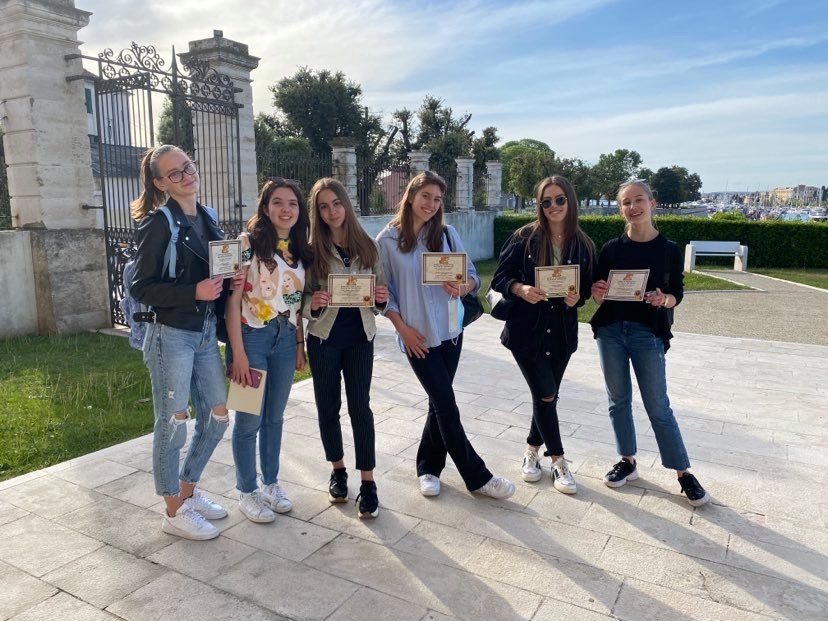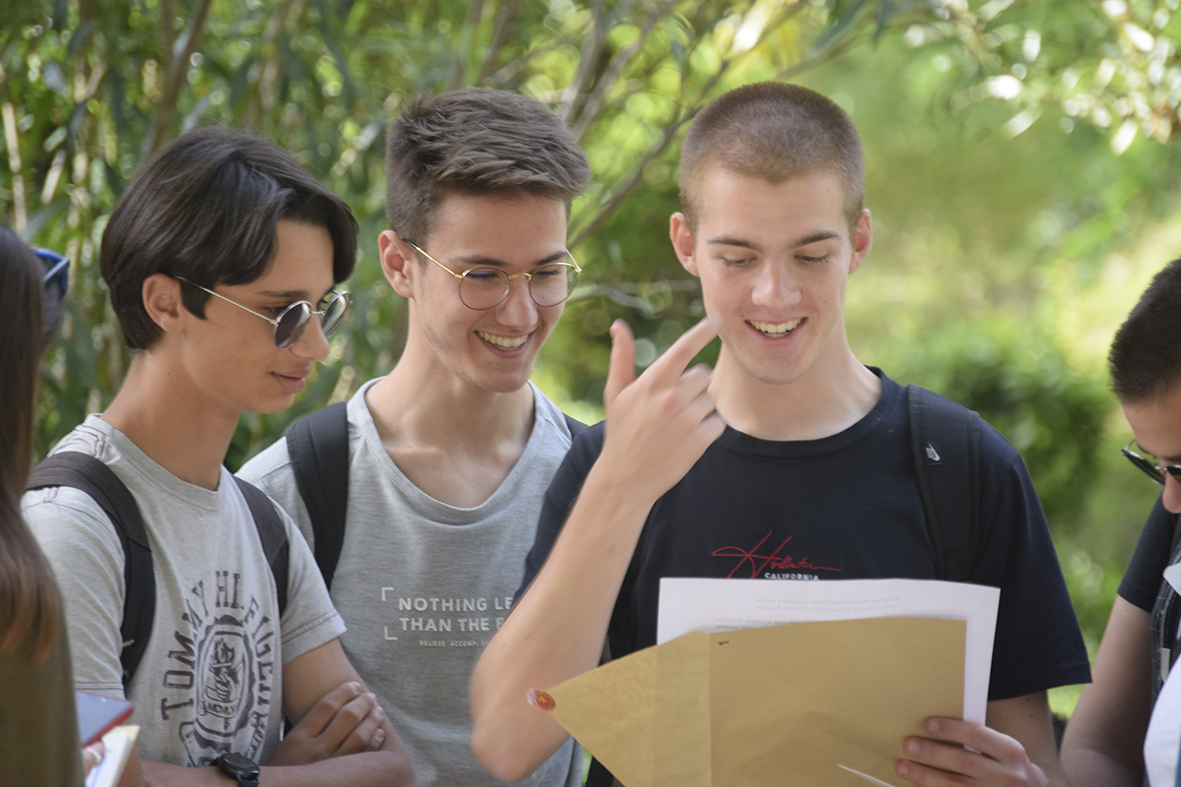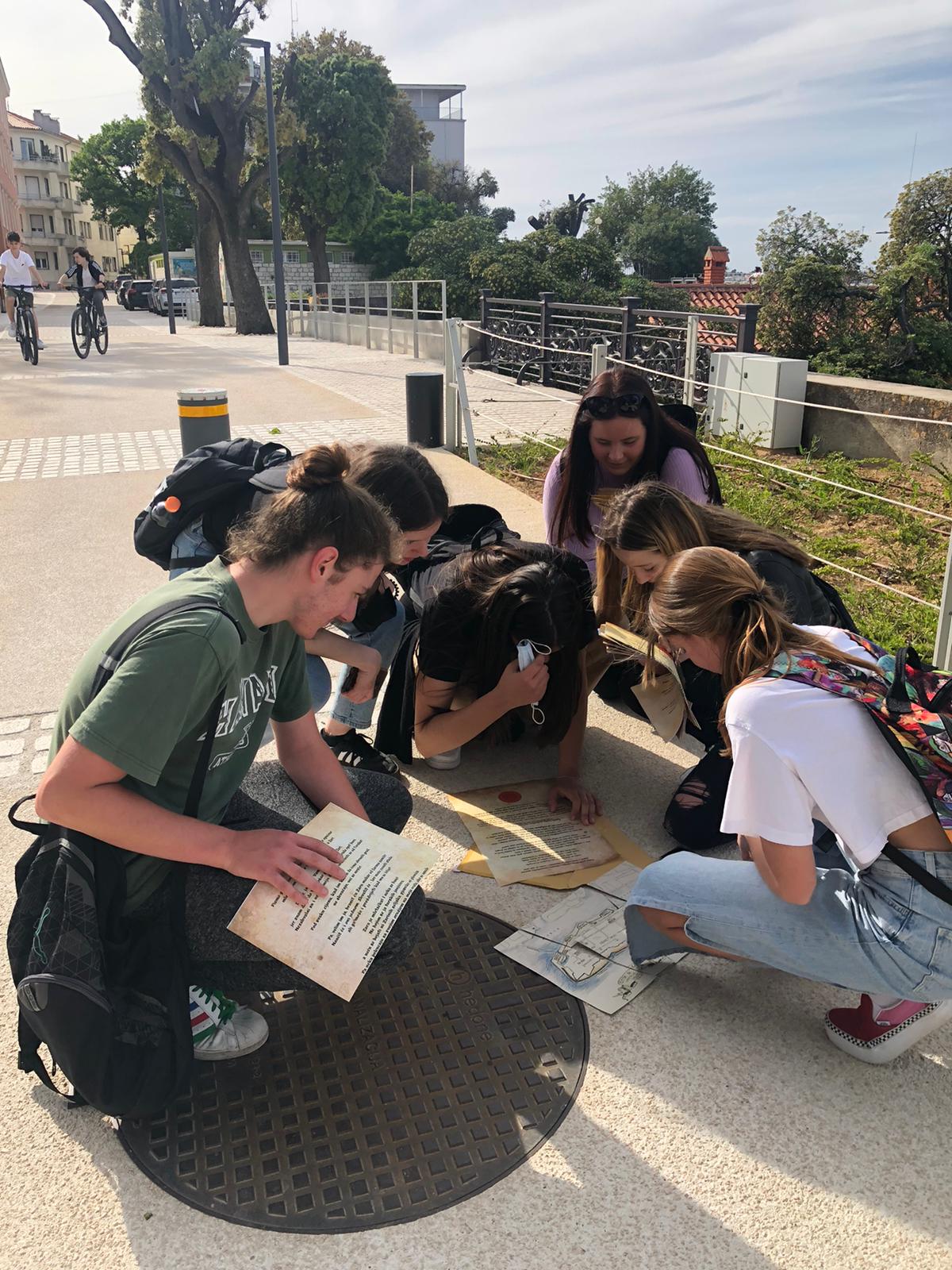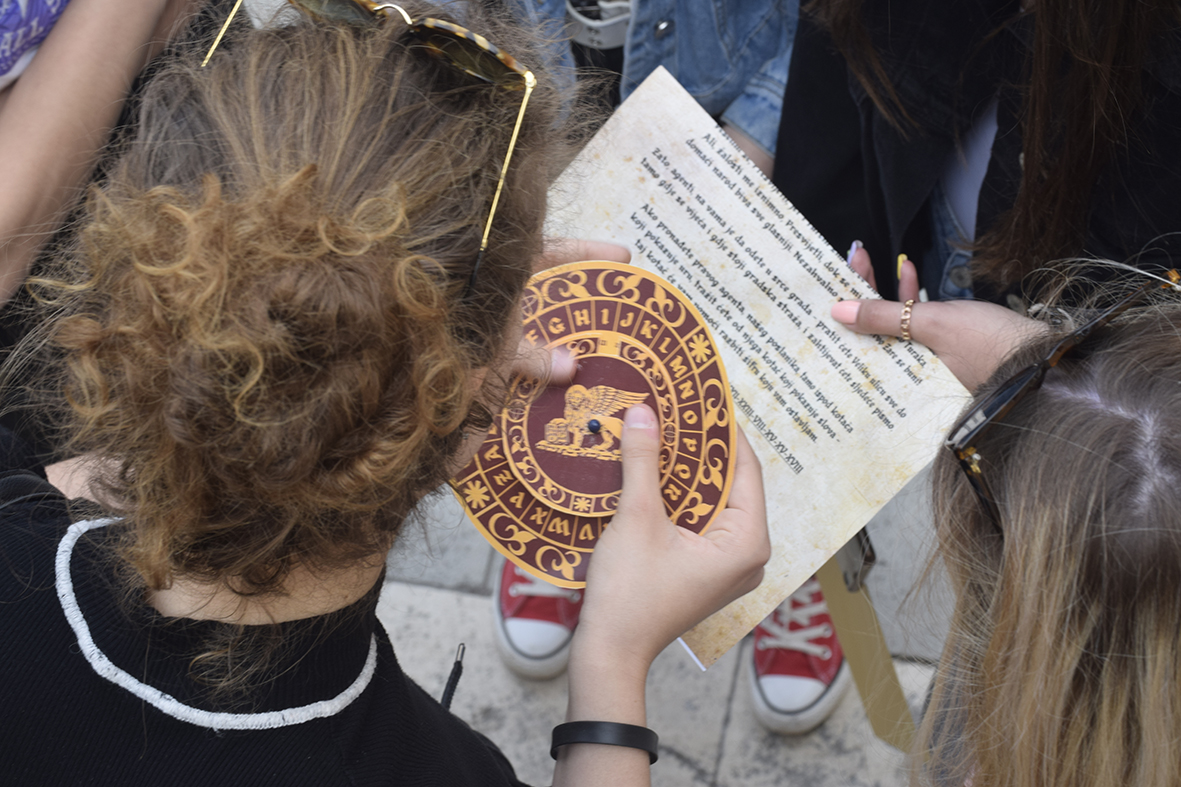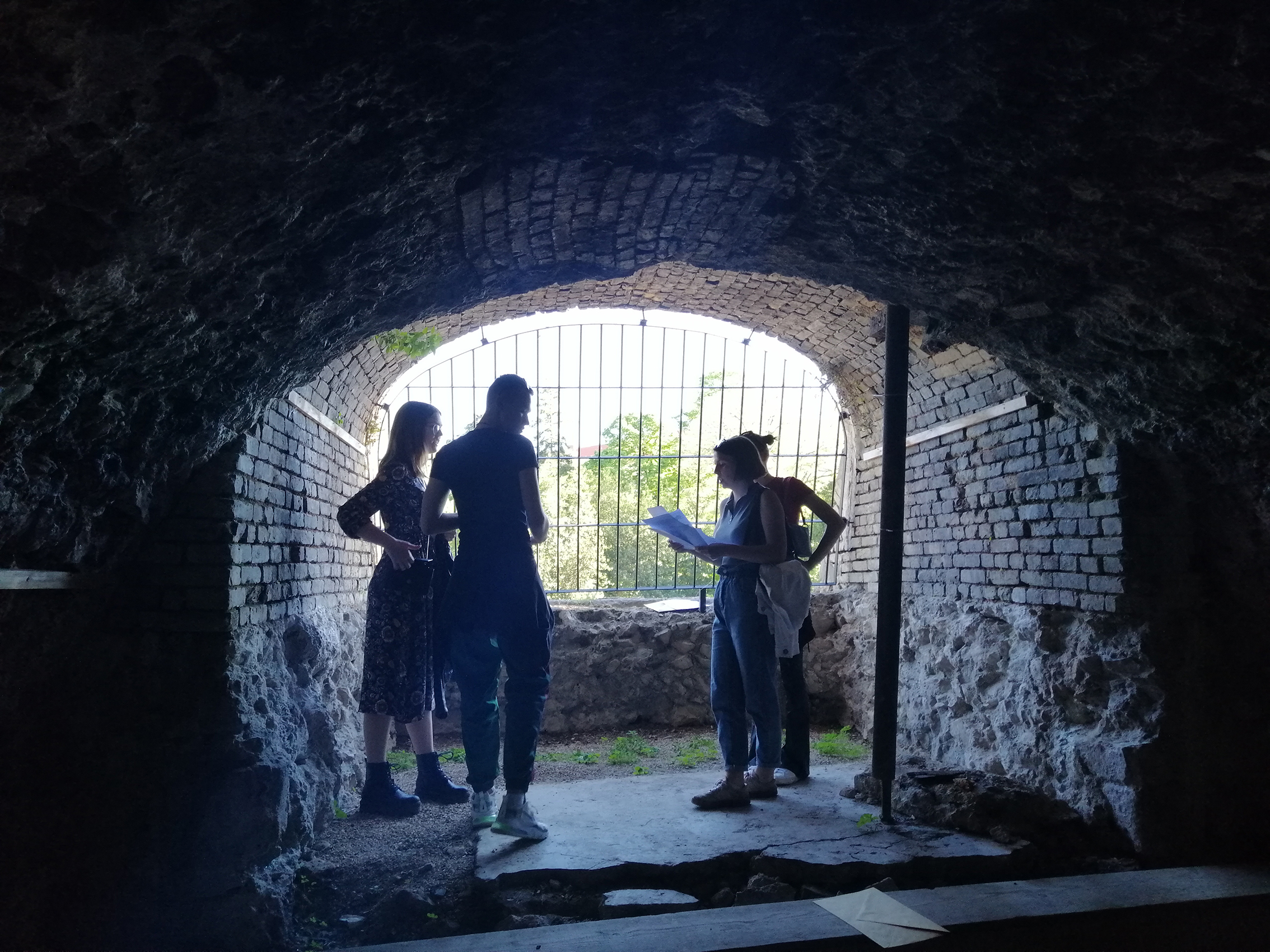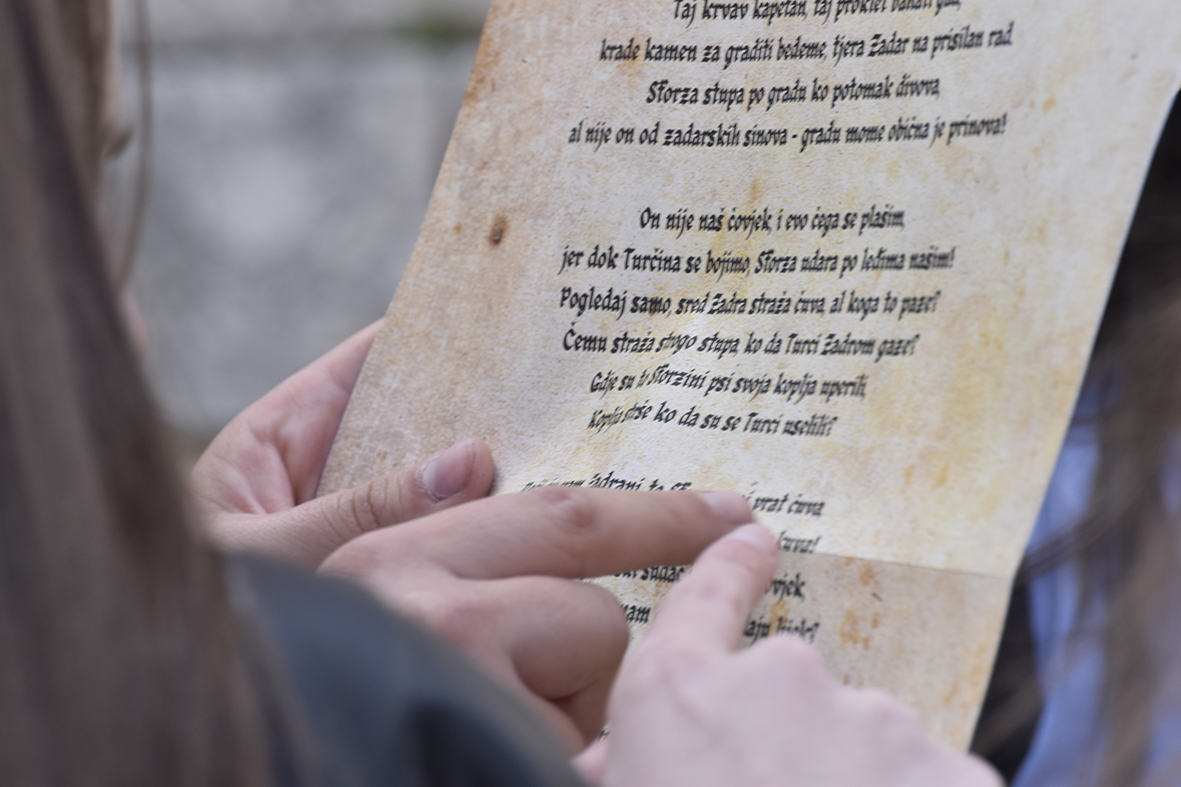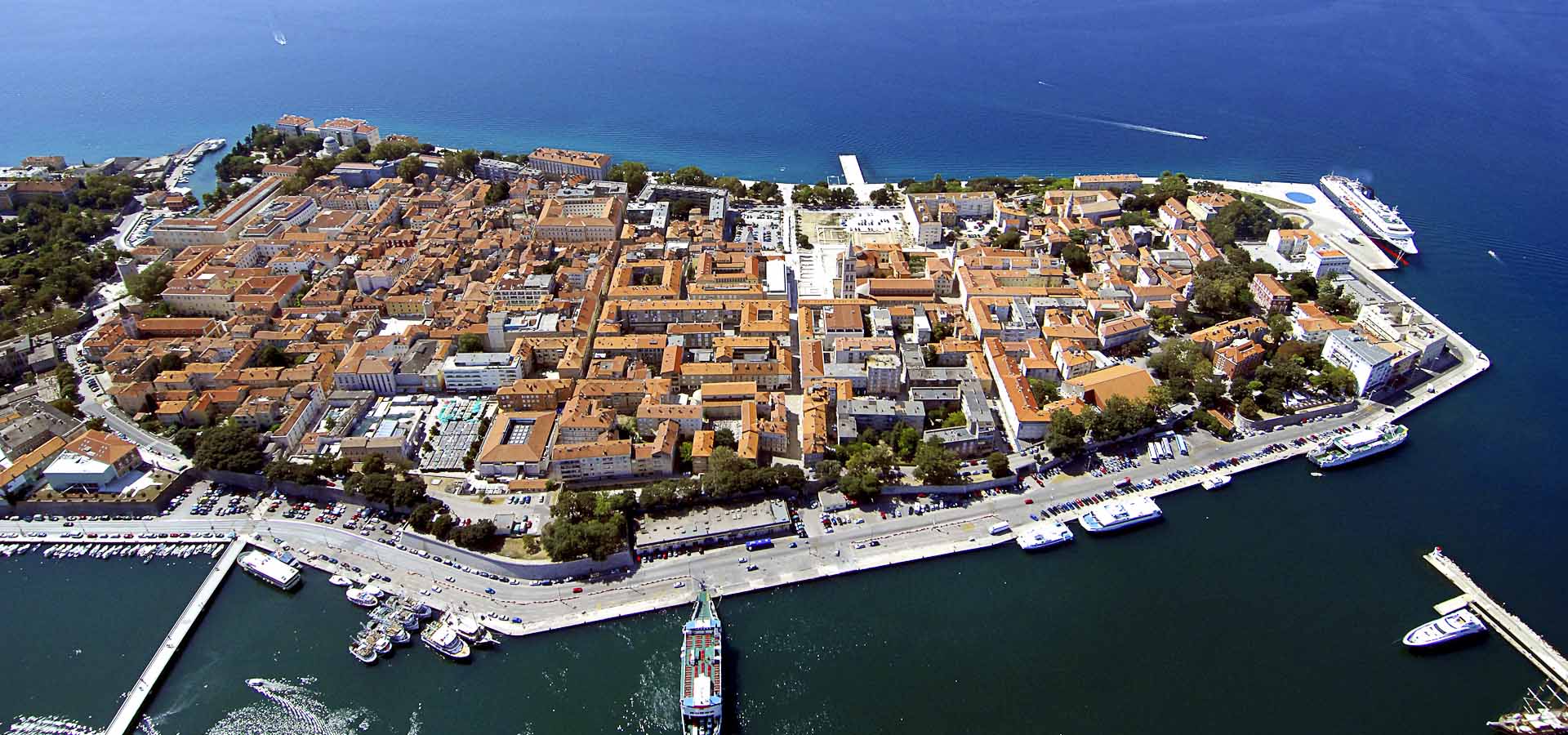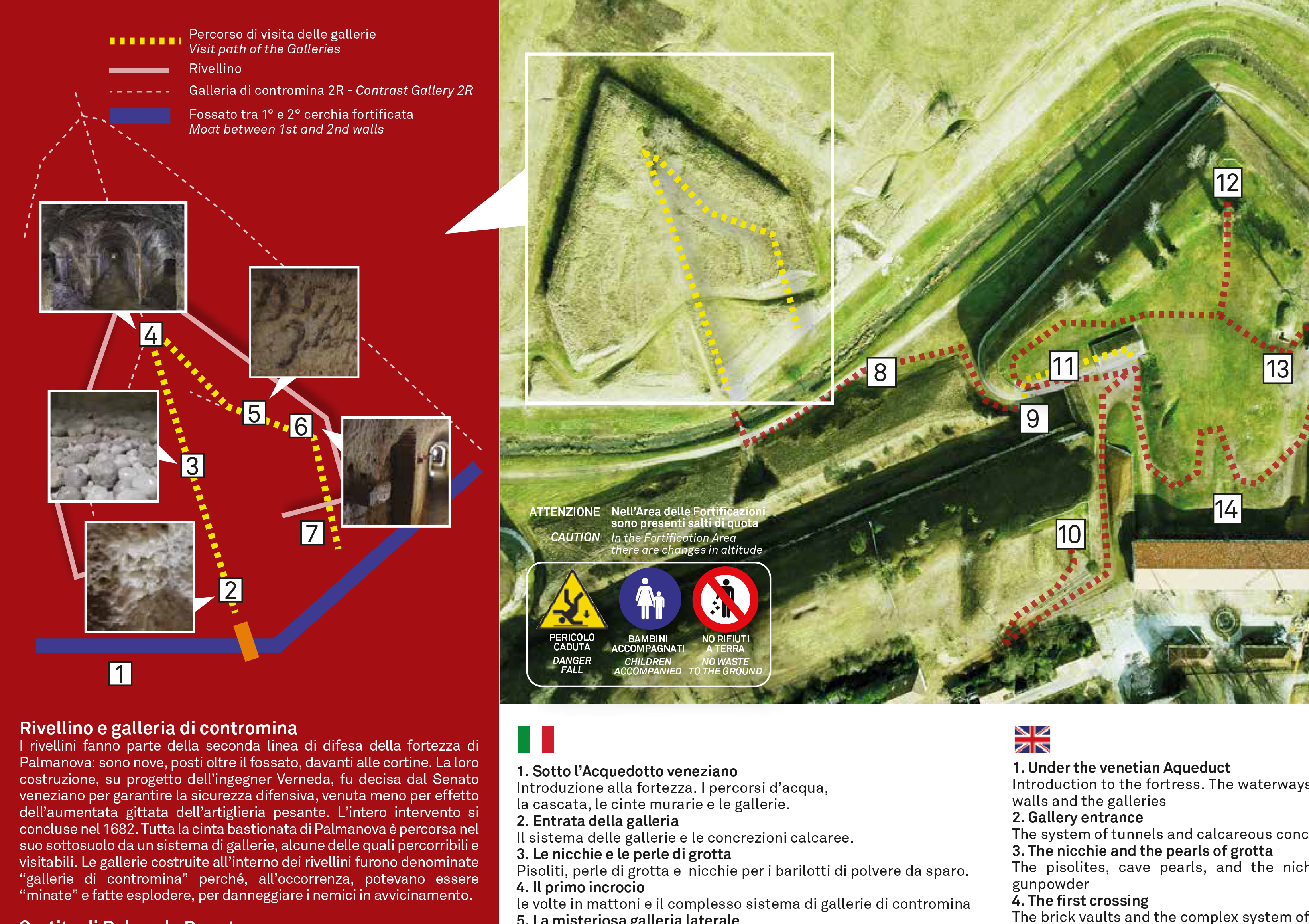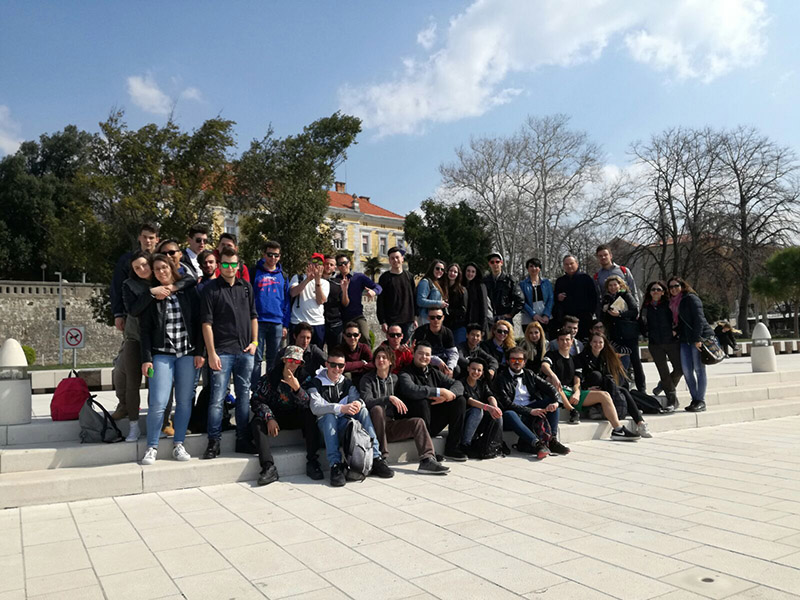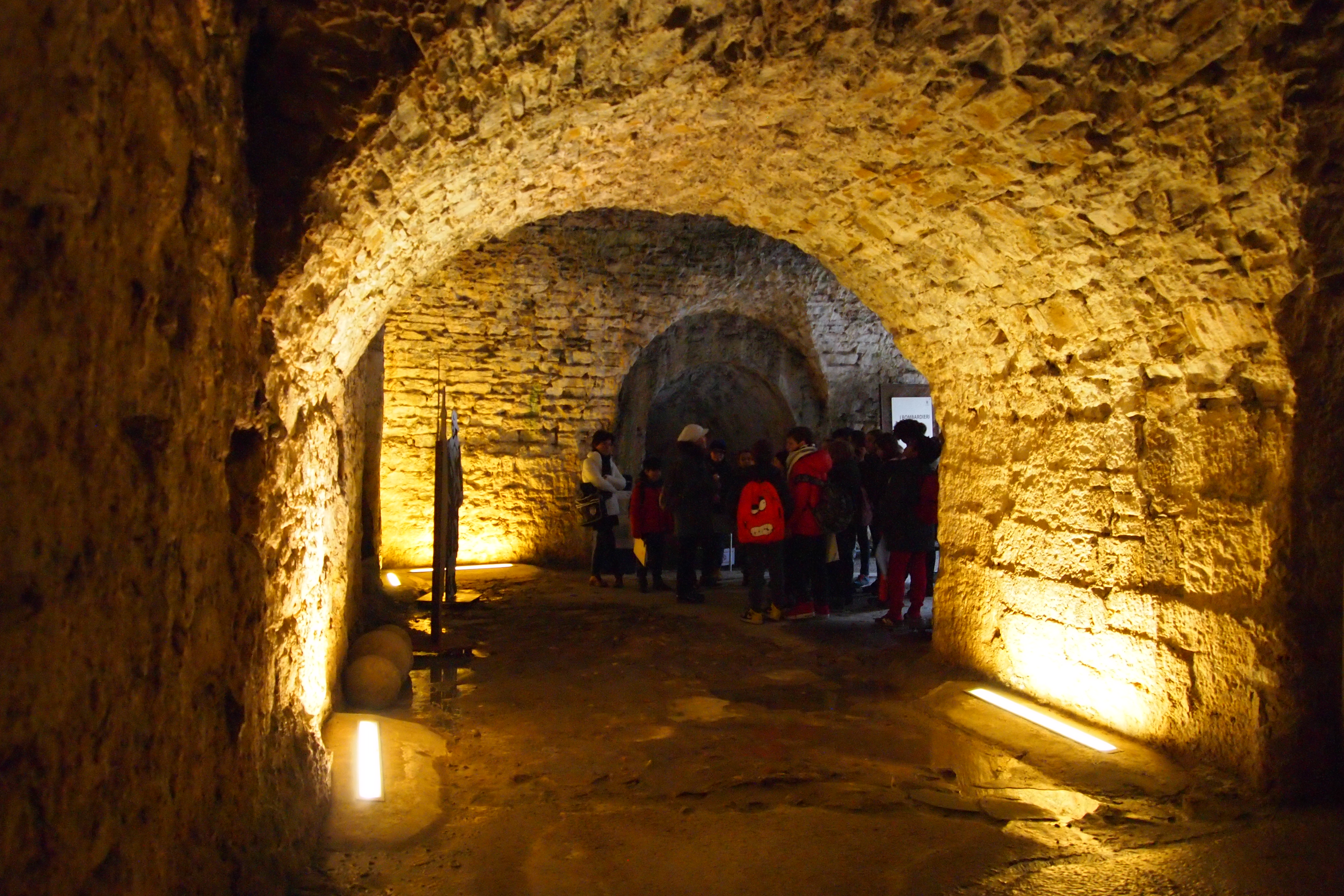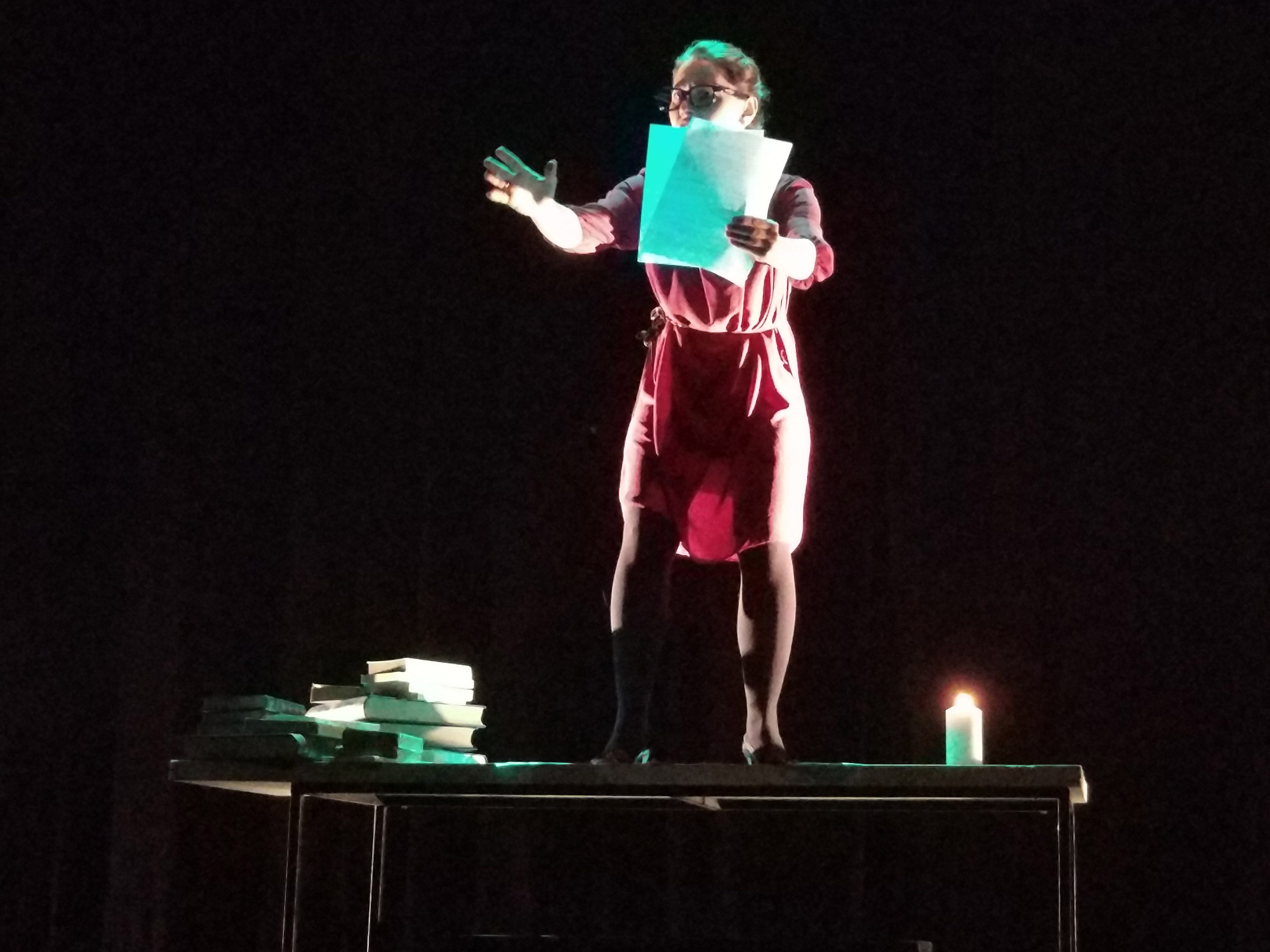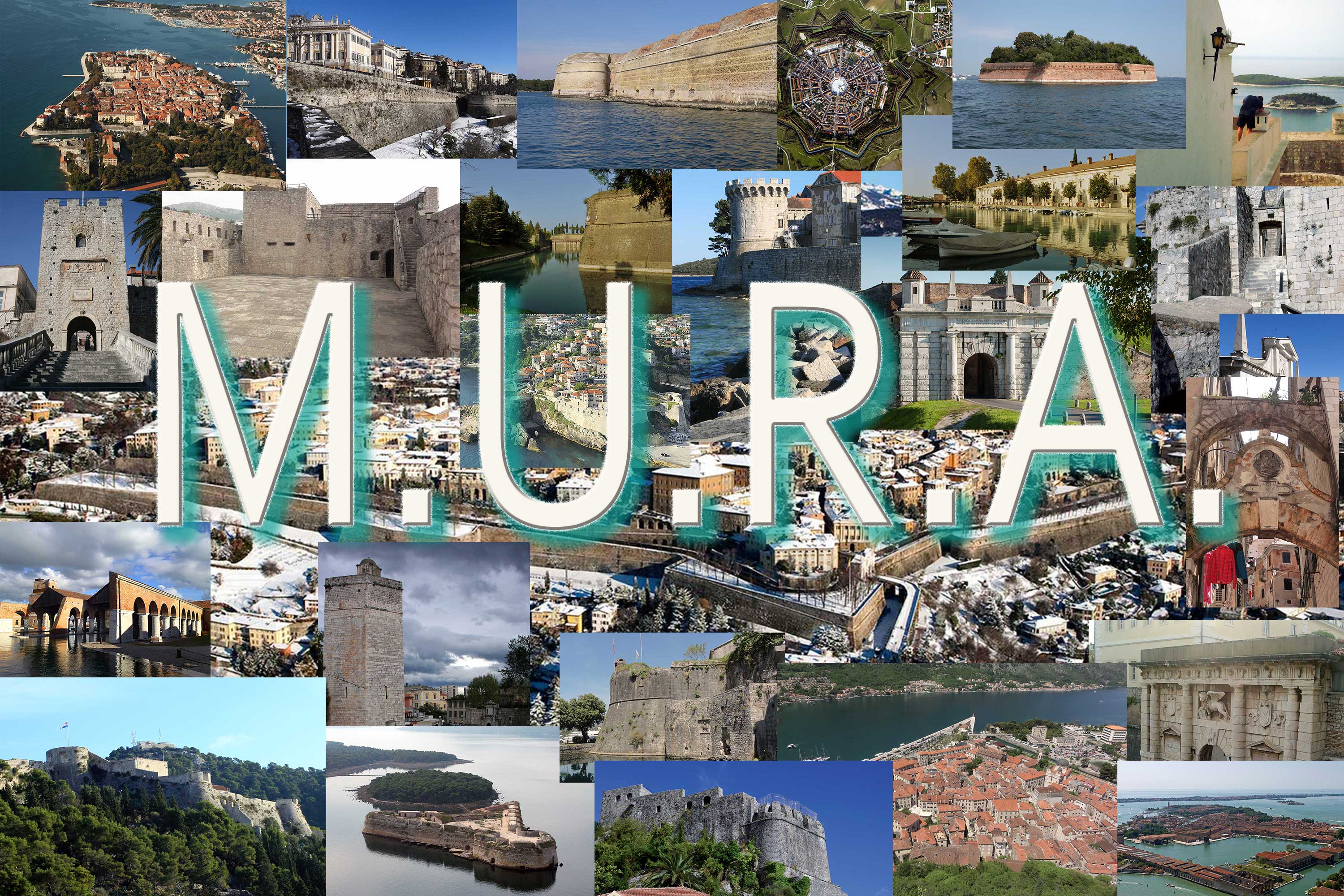Project Description
Zadar students are discovering the history of Zadar City Walls
A treasure hunt based tour named ‘Search on Zadar Walls’ is an innovative activity designed to give Zadar high school students an opportunity to gain new knowledge about the official UNESCO site “Venetian Works of Defence between the 16th and 17th Centuries: Stato da Terra – Western Stato da Mar” through play and spatial research.
The activity was part of the Science Festival, a national event that is being organized in Croatia continuously since 2003 with an aim of bringing science closer to the public and motivating young people to research and acquire new knowledge.
The main goal of the activity ‘Search on Zadar Walls: Secrets of Hidden Letters’ was to popularize the UNESCO site, learn about the cultural heritage and the importance of preserving its outstanding universal value. Based on a game known as treasure hunt the activity was enriched with a wealth of information about the political and social situation in Zadar at the time of the construction of the fortifications. The purpose of the game was to develop students’ awareness of the importance of Zadar City Walls in an immersive and interactive way and to encourage the development of critical thinking, as well as inductive and logical reasoning.
The game uses elements of narrative teaching through letters, and spatial exploration with the help of a map. Elements of the classic treasure hunt are combined with logical tasks, puzzles and encrypted messages.
The search was stretched from the Fort along the walls and bastion of Ponton, Castle, St. Demetrius, St. Rocco and St. Marcela, next to the city gates and the inner walls of the fortifications. All participants started from the same point, and the goal was to complete all the tasks within the shortest time possible: collect the clues, solve the tasks and discover all the locations. About 40 students from Zadar high schools took part in the search, forming eight groups with six members.
At each of the 11 points along the route, the group is awaited by an envelope with a letter, parts of a map and tasks. Each task is different from the previous one, so different skills of the group members come to the fore. Moreover, they have to work together in order to overcome the problems as successfully as possible. The letters that participants find along the way must be carefully read to find the next clue. Since the letters are ‘signed’ by people
important for the construction of the fortifications as well as important historical figures from the life of Zadar in the 16th century, numerous historical details are revealed through them.
The story is set in 1570, just after the completion of the Fort and the northern mantle of the walls and the bastion, facing the city port. In addition to letters at locations along the defense system, participants also found parts of a historical map illustrating the appearance of Zadar in 1570, based on a historical map now kept in the Austrian State Archives in Vienna.
The comments of enthusiastic students full of praise for this type of education are an incentive for the City of Zadar to continue to organize such events continuously and separately from the Science Festival within which it was originally created.
The organizers of the activities are Department of Culture and Sports at the City of Zadar, Department of Archeology at the University of Zadar, Association for promotion of informal education, critical thinking and philosophy in practice “Petit Philosophy” and Museum of Ancient Glass Zadar. The leader of the activities and the author of the concept is Zrinka Brkan Klarin from the Department of Culture and Sports at the City of Zadar and other members of the team are Katarina Batur, Anamarija Eterović Borzić, Filipa Jurković Pešić and Antonio Kovačević.

